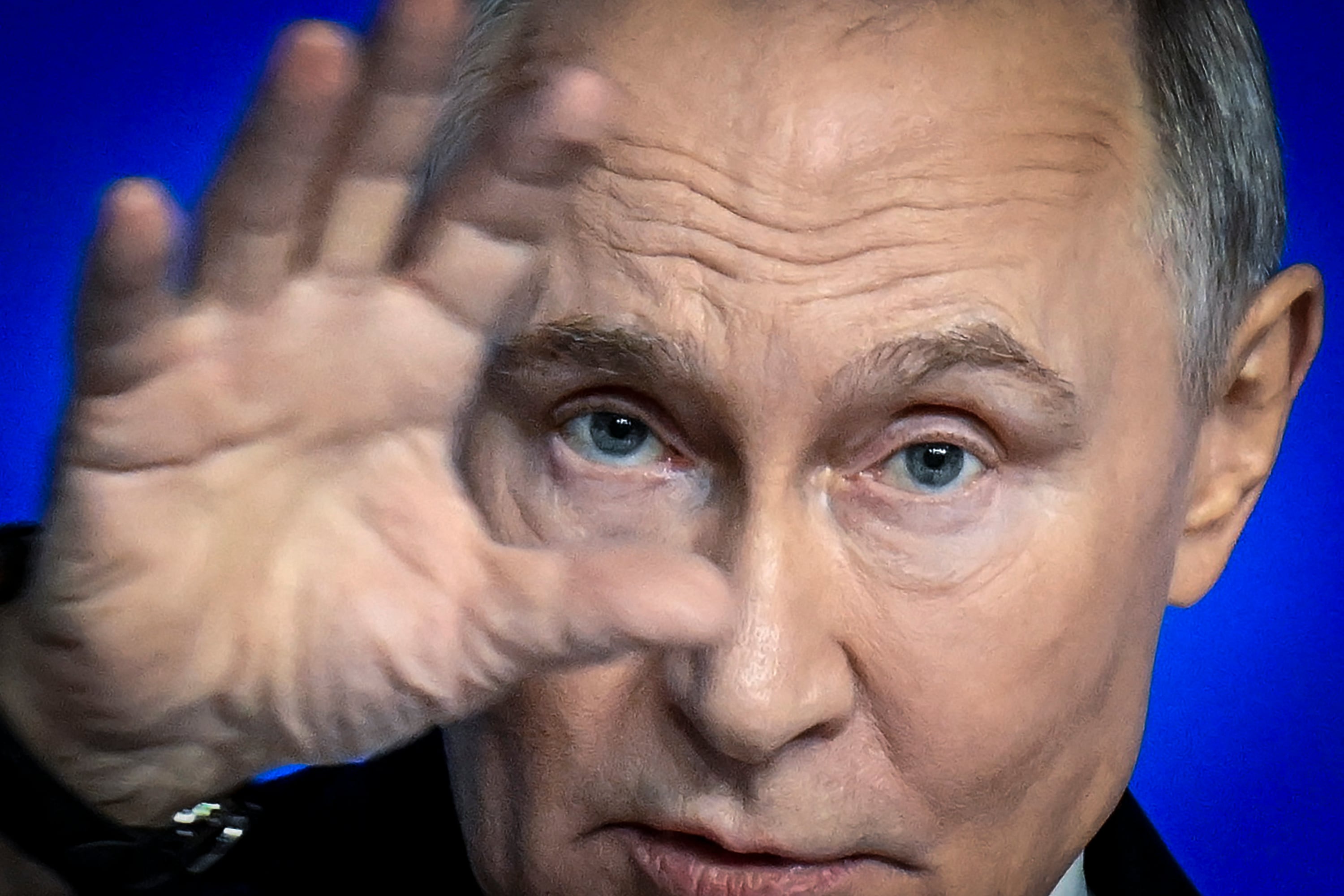The average number of people arriving to Ireland from Ukraine per day dropped by almost two-thirds over the Christmas period.
The latest official figures show that some 4,131 people have fled the war to come to Ireland over the last 4½ weeks.
The overall number of Ukrainians who have travelled here since the Russian invasion of their homeland has now topped 70,000.
However, the average number arriving per day has dropped from almost 170 in mid-December to just under 58 per day since Monday.
READ MORE
Last month Minister for Integration Roderic O’Gorman met ambassador Gerasko Larysa to discuss arrangements for refugees during what was expected to be a “very challenging period” for sourcing accommodation up to January 13th.
She agreed to relay a message through social media channels advising people considering coming to Ireland – who were in safe locations in Ukraine – to remain there.
On December 16th the Department of Integration said it had asked for people “if possible ... to defer making travel plans to come to Ireland until the new year”.
While data shows the numbers seeking refuge in Ireland continued to rise in the days immediately following this, they have dropped considerably since.
Some 1,014 people from Ukraine were granted temporary protection in the week beginning December 5th.
A further 1,181 refugees were recorded for the following week.
This fell to 999 people in the week starting December 19th and 706 in the seven days from December 26th.
Between January 2nd and Thursday 5th, 231 people from Ukraine were granted temporary protection in Ireland, according to figures provided by the Department of Justice.
Amid continuing intense pressure on Ireland’s system for accommodating refugees the Government is not assuming the fall in numbers in recent days is part of a trend.
A source said the arrivals to Ireland are currently lower but the experience over the last year is that there have been “fluctuations” in the numbers travelling at different times.
It is also possible that increased Russian attacks such as air strikes that affect civilian areas will result in increased numbers of people leaving Ukraine in the weeks and months ahead.
In total more than 70,300 people from Ukraine have been granted temporary protection in Ireland since the Russia invasion last February.
More than 51,955 people from Ukraine are being provided with accommodation by the State, mostly in hotels.
Others have made their own arrangements or are living in properties pledged by members of the public.
The Department of Justice said there are no routine exit checks on people leaving the State so it is not possible to say how many beneficiaries of temporary protection have since left Ireland to return to Ukraine.
In addition, 13,649 international protection applications were made in Ireland by people from other countries in 2022.
More than 19,300 people are currently being housed by International Protection Accommodation Services (IPAS) across direct provision centres and emergency accommodation.
On Wednesday The Irish Times reported that the State is facing a shortfall of more than 14,000 beds for refugees before the end of March.
Briefing documents drawn up last month for Minister of State Joe O’Brien – who is taking up new responsibilities in the Department of Integration – show “projected shortfalls in the immediate short term” and warn that a “significant acceleration in cross-Government efforts” will be needed to source more accommodation.
Without it, they note, “it is inevitable that there will be shortages of available accommodation” and internal modelling shows “gaps in provision of accommodation emerging”.
The documents warn that the “present provision model is also unsustainable as oversight of accommodation at this scale and pace entails many challenges”.












